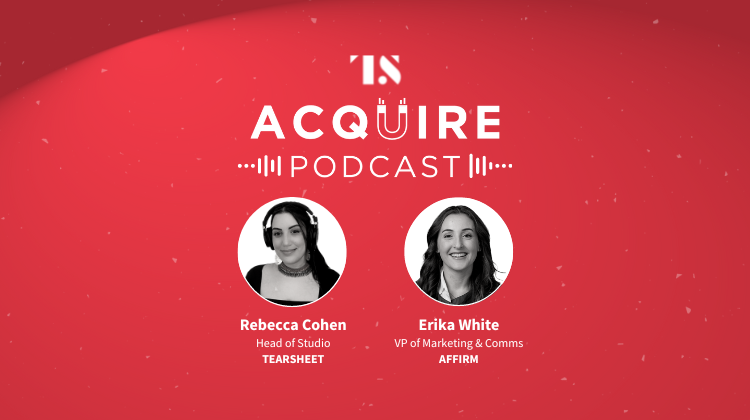Acquire Podcast, Modern Marketing, Podcasts
The Acquire Podcast Ep. 14: Affirm’s Erika White on capturing Millennial humor, the flywheel effect, and marketing BNPL
- This week on the Acquire Podcast, we’re joined by Erika White, VP of marketing and communications at Affirm.
- We spoke about building out a cheeky Millennial-esque ad campaign, creating the flywheel effect through strong partner marketing, and some of the challenges and opportunities that come with marketing BNPL.








